Advertisement ・ Go Ad Free
Latest Articles
Advertisement ・ Go Ad Free
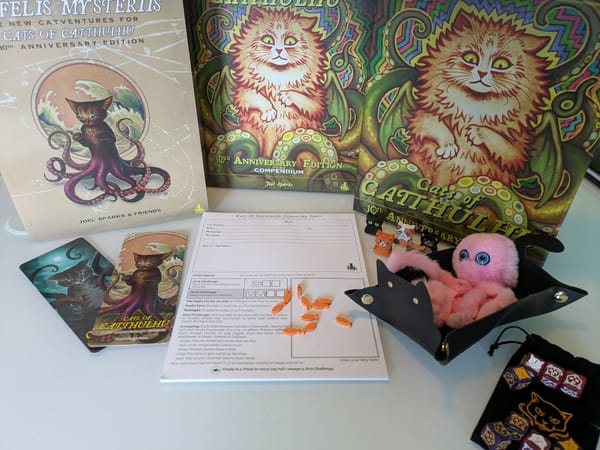
Charming and horrific as cats should be, but bordering on oversimplistic
by John Farrell
“One addiction at a time”
by Ron Burke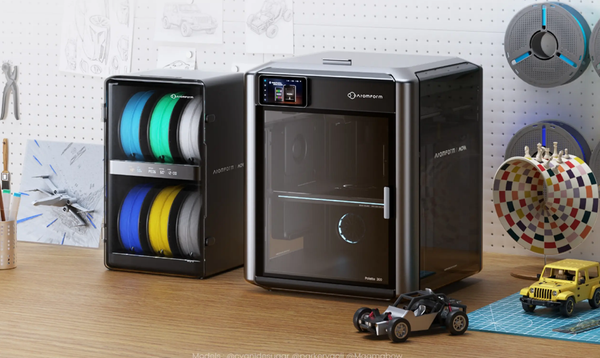
36 colors and 300x300x300 build volume?!
by Ron Burke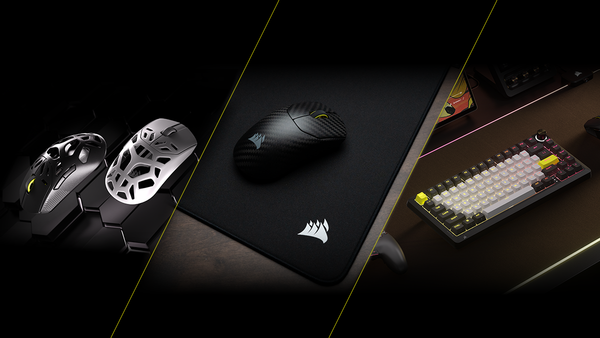
Gaming mouse, mouse pad, and a keyboard
by David Burdette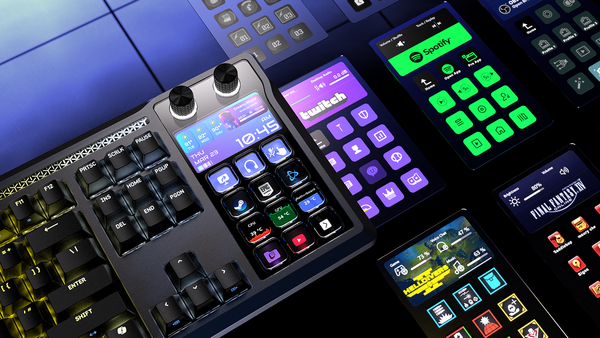
Crazy cool keyboard with insane possiblities
by David Burdette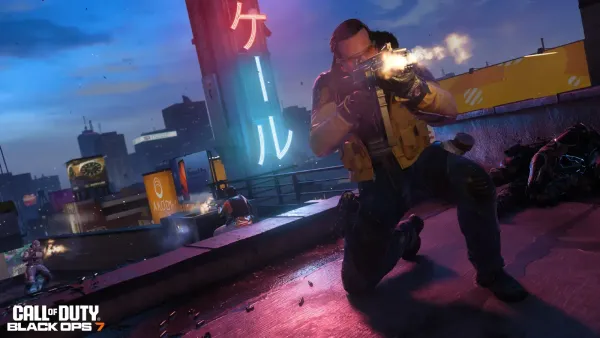
Full intel in blog drops tomorrow
by David Burdette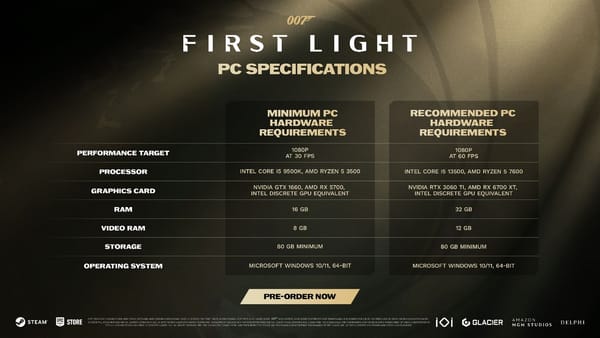
James Bond in all his ray-traced glory
by David Burdette
AI is the headline, but I came for the seating
by David Burdette
Charming and horrific as cats should be, but bordering on oversimplistic
by John Farrell
There are more, but Razer has staked it's claim with just these

What we're excited for in the new year
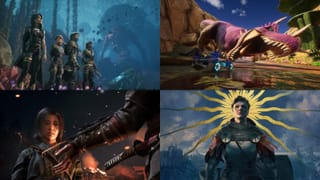
Hades II, Clair Obscur: Expedition 33, and... PianoGlow?!

Our choices for the year's best games

"If at first you don't succeed, try, try again"
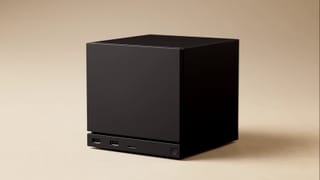
Reigniting the fires of the console wars
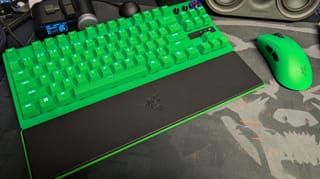
The ultimate gaming keyboard

Charming and horrific as cats should be, but bordering on oversimplistic
by John Farrell
“One addiction at a time”
by Ron Burke
36 colors and 300x300x300 build volume?!
by Ron Burke
Gaming mouse, mouse pad, and a keyboard
by David Burdette
Crazy cool keyboard with insane possiblities
by David Burdette
Full intel in blog drops tomorrow
by David Burdette
James Bond in all his ray-traced glory
by David Burdette
AI is the headline, but I came for the seating
by David Burdette